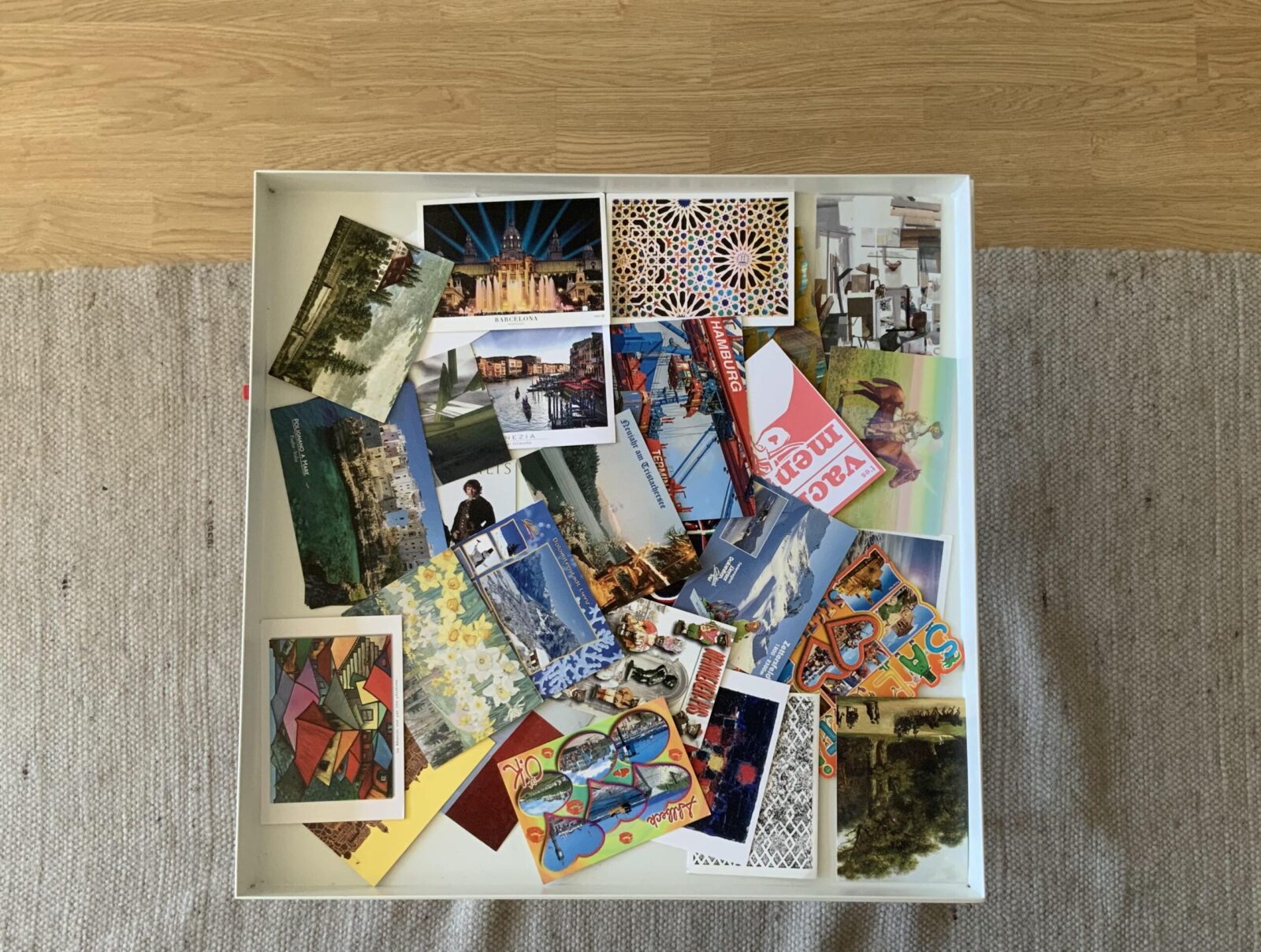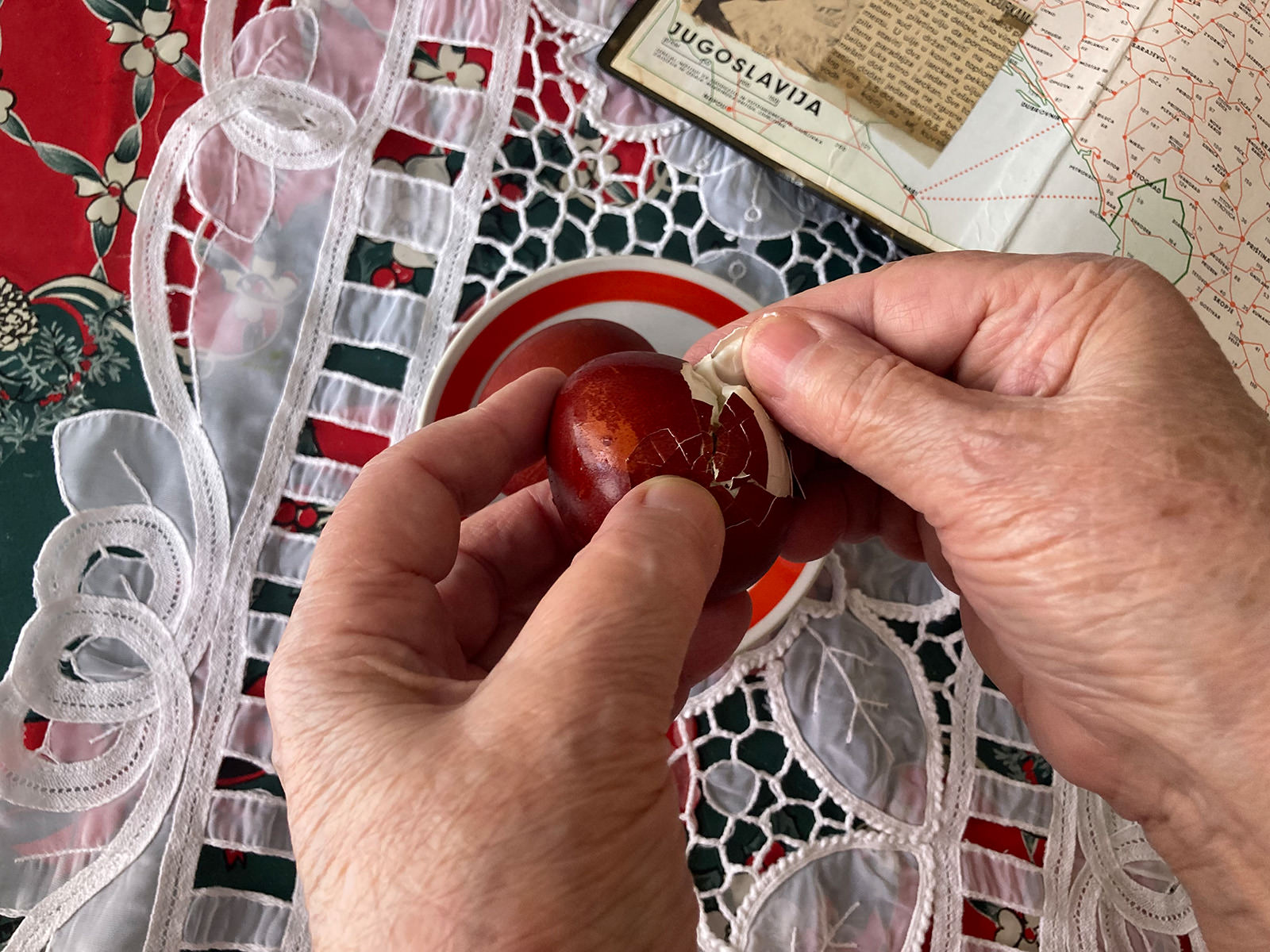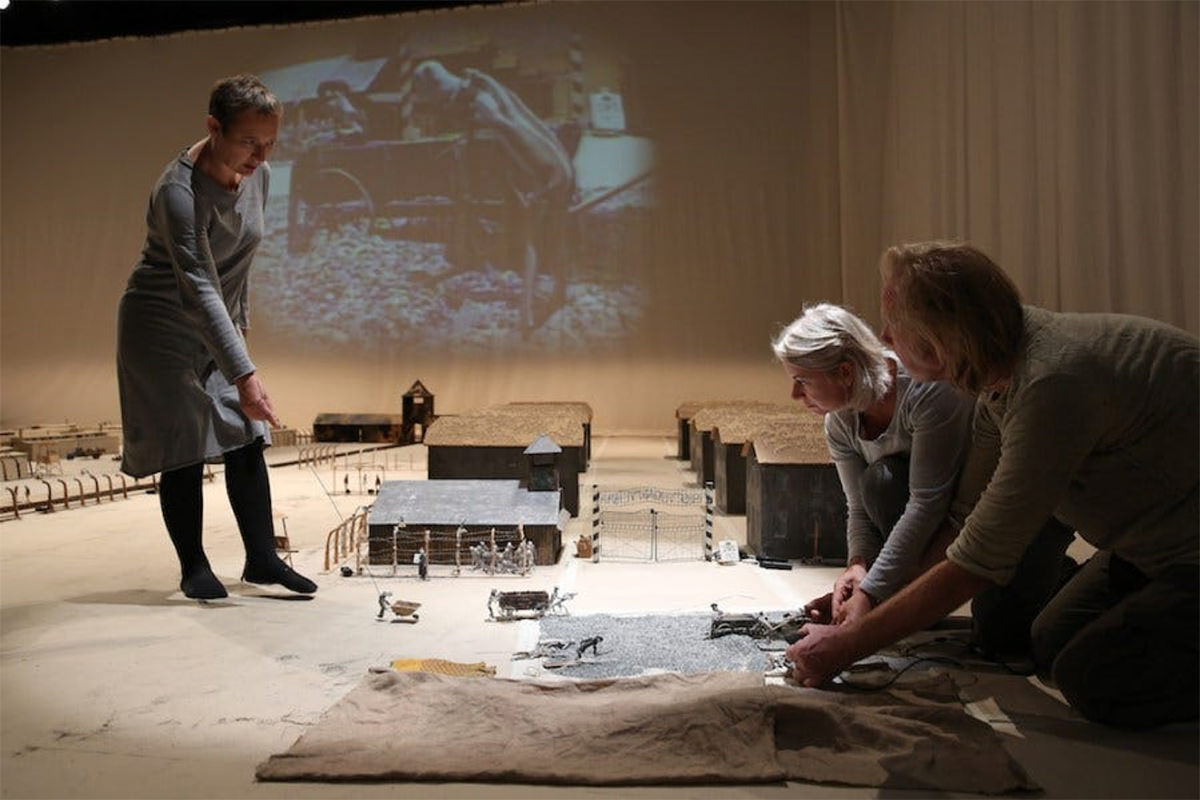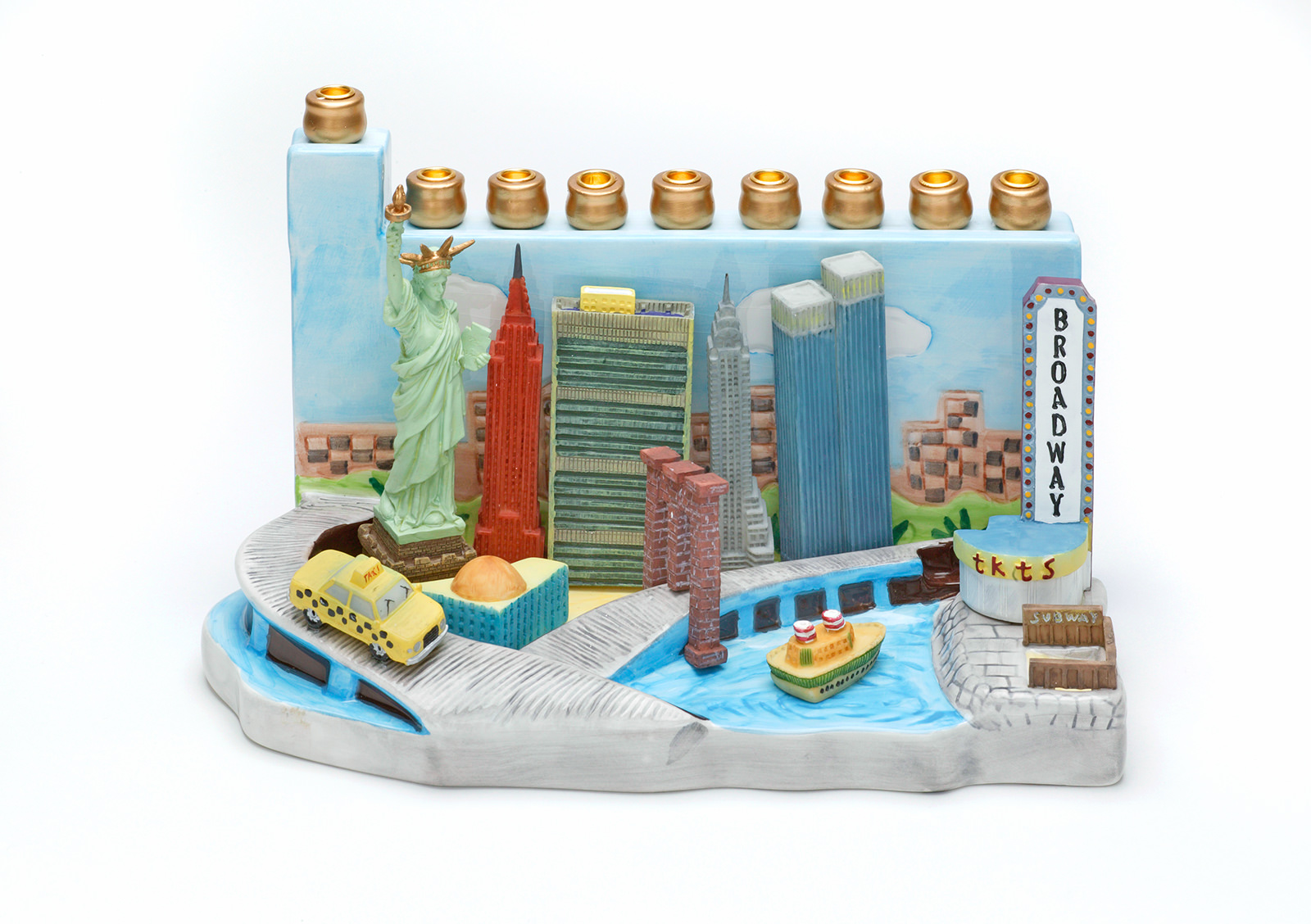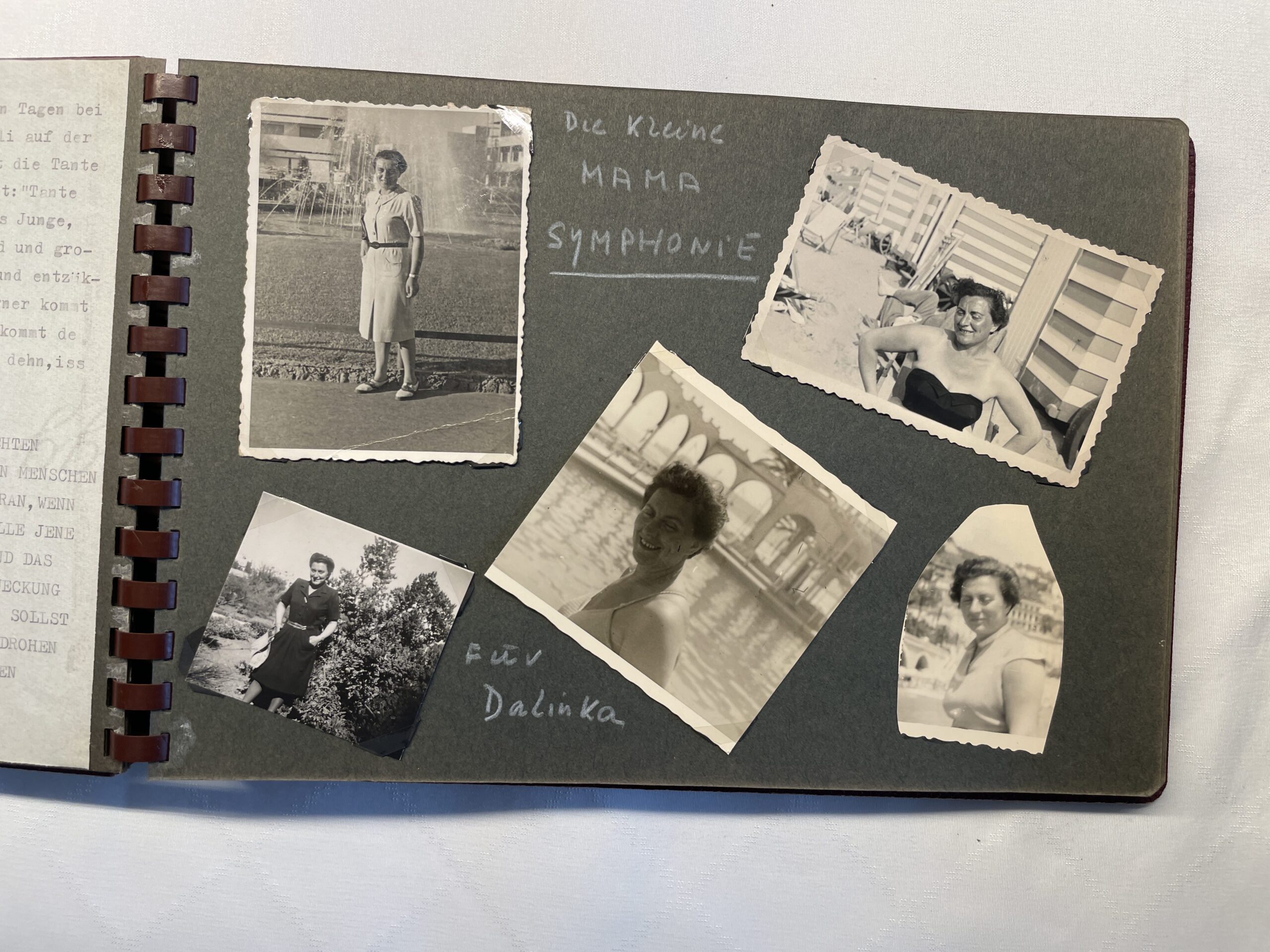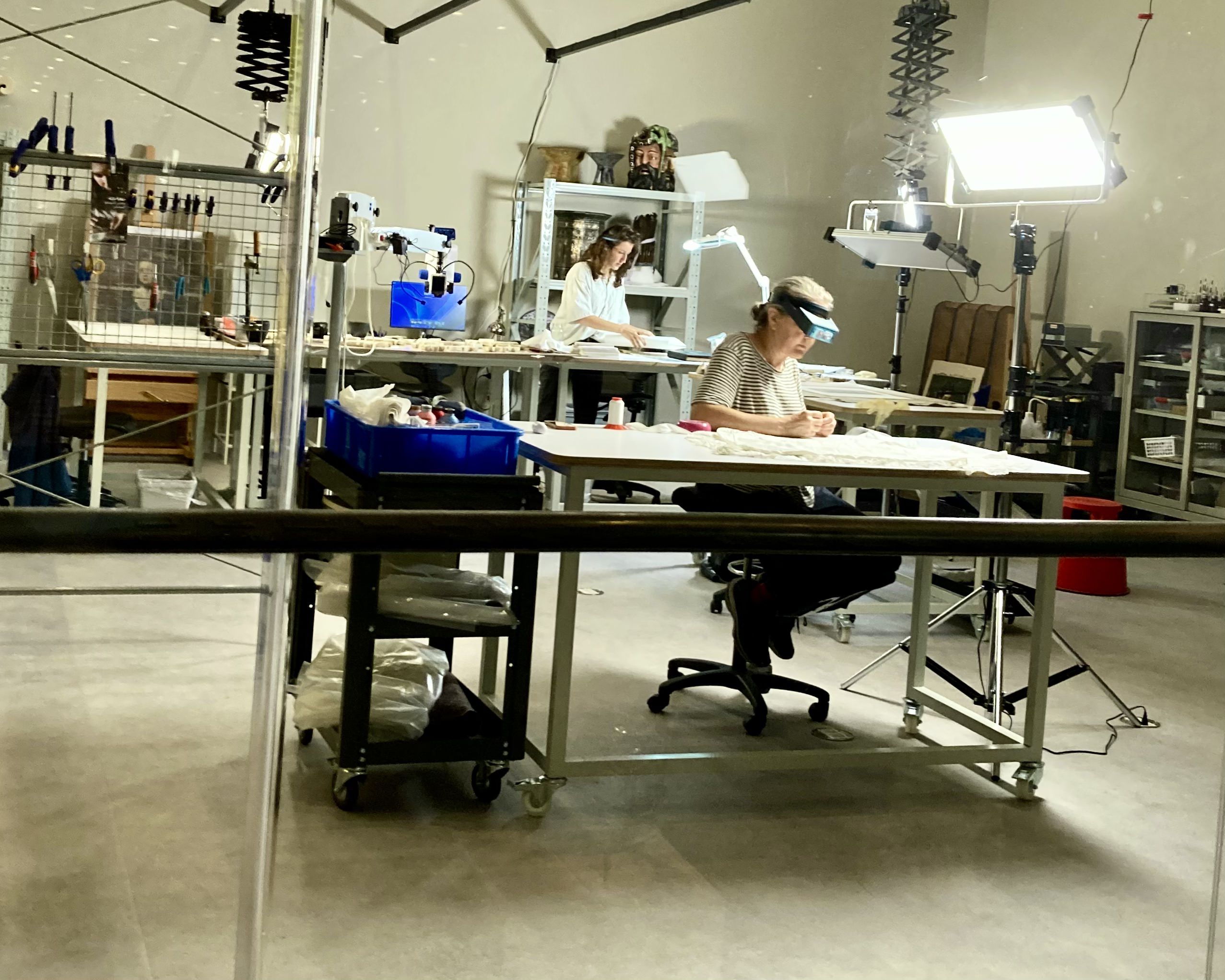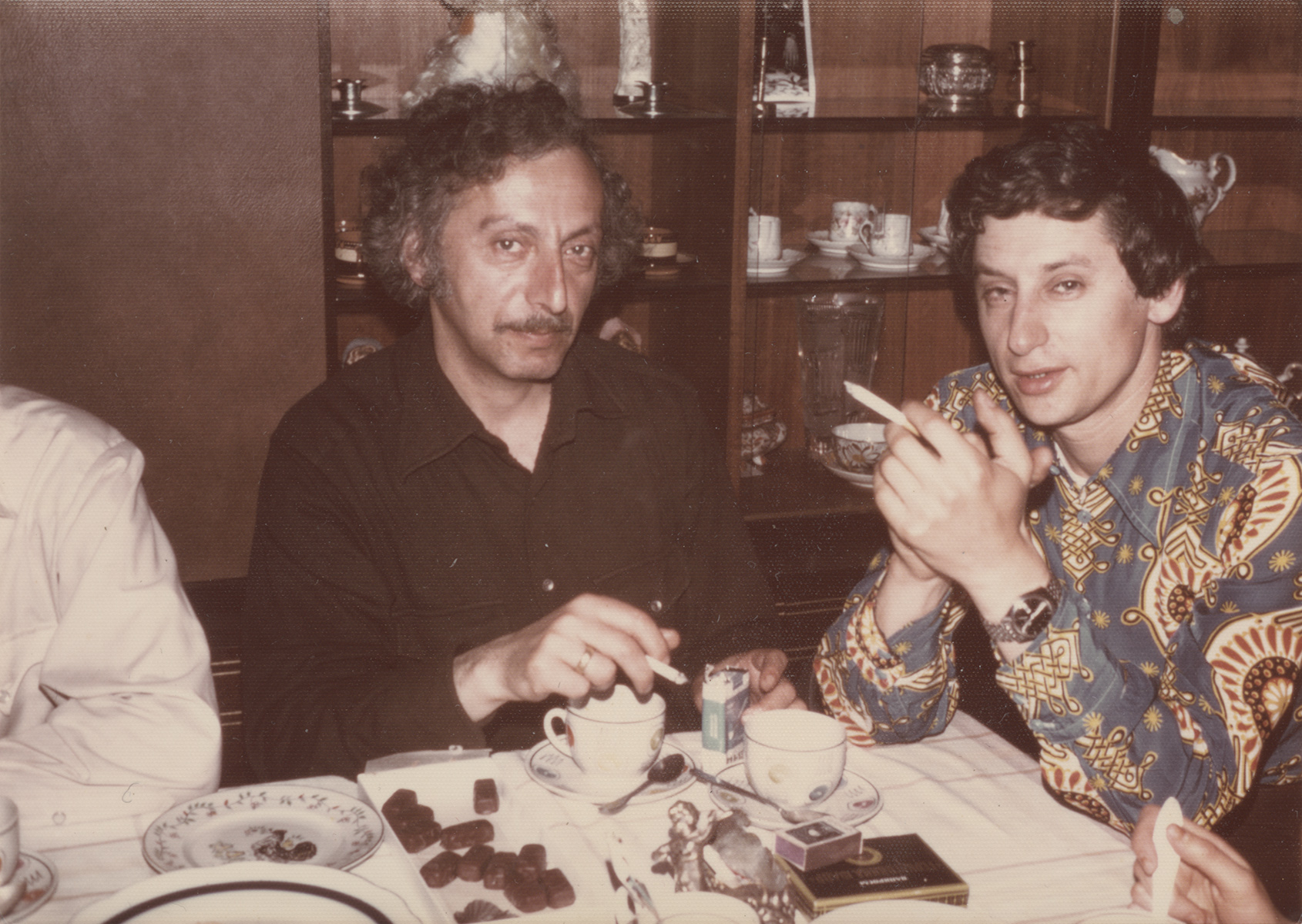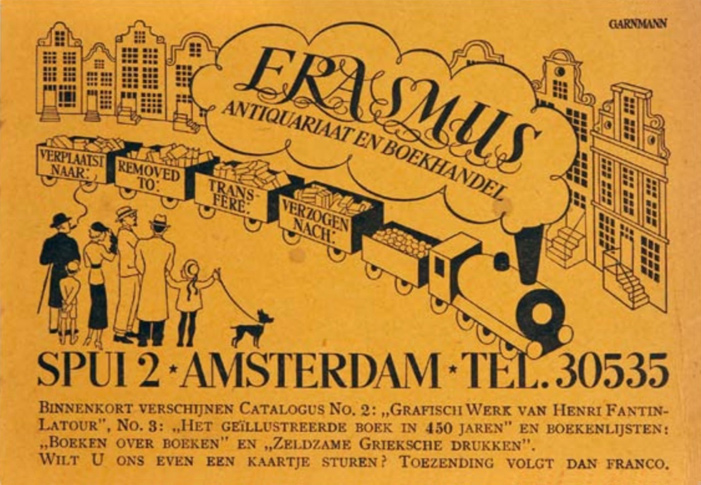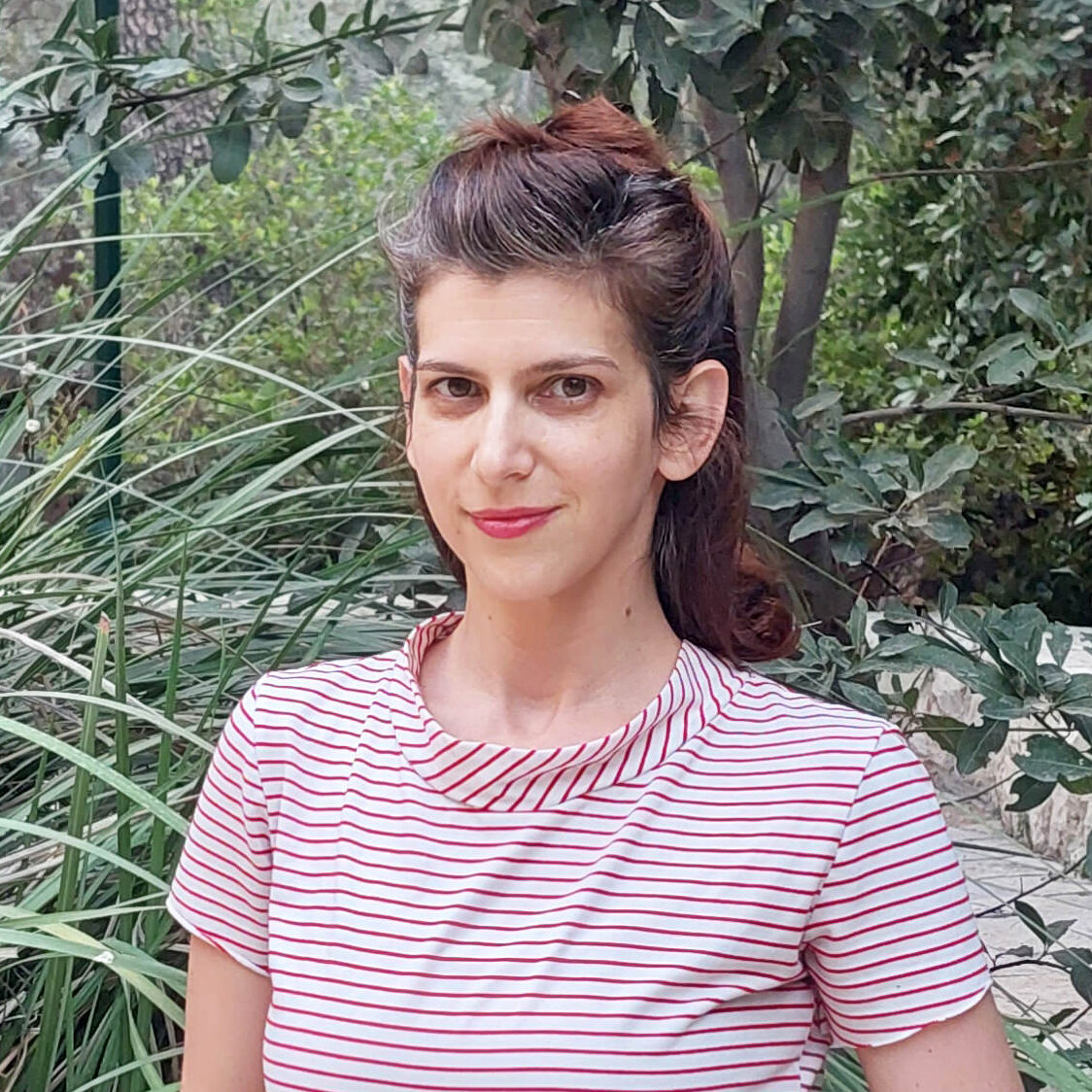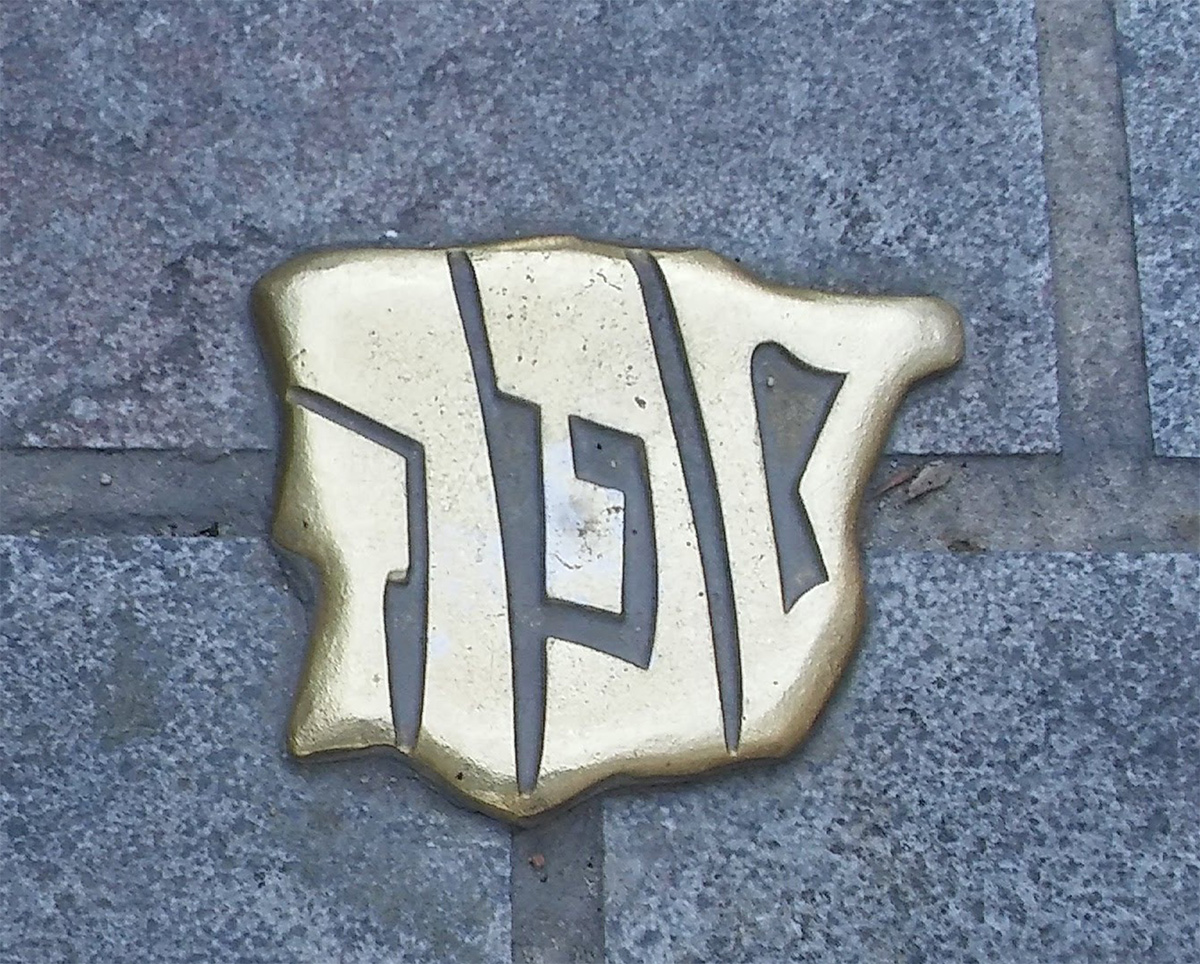
Materializing Memory and Sanctifying Place – Jewish Sephardic Heritage in Contemporary Spain
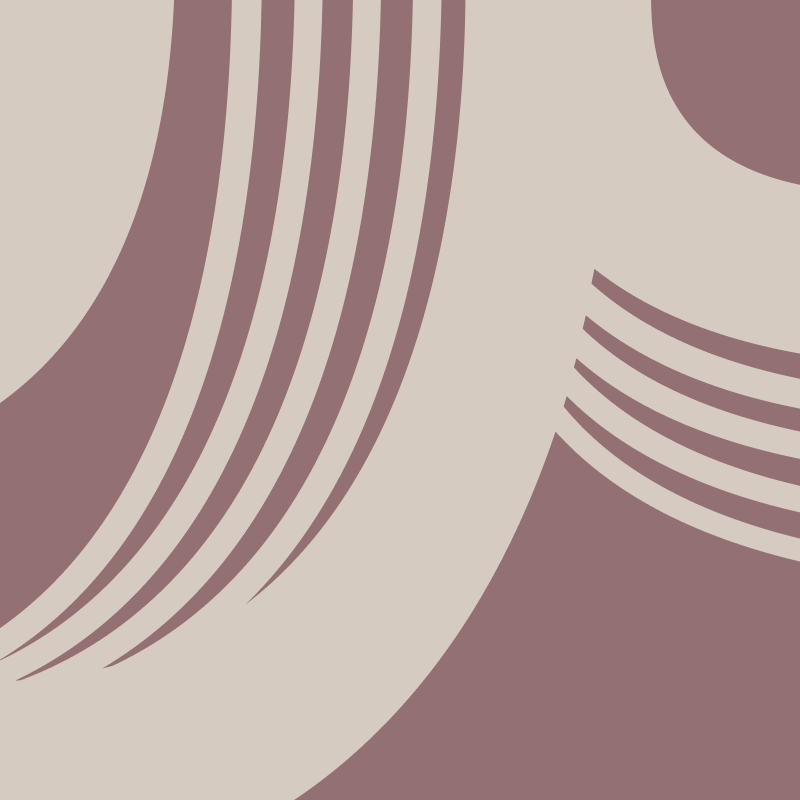
Threads of Identity – The Evolution of Israeli Fashion and the Attempt to Create a National Dress
The Written Silent, the Visible Absence, and the Text in the Written after 1945 – Materiality of Catastrophe, Exile and Belonging in Barbara Honigmann’s Writings
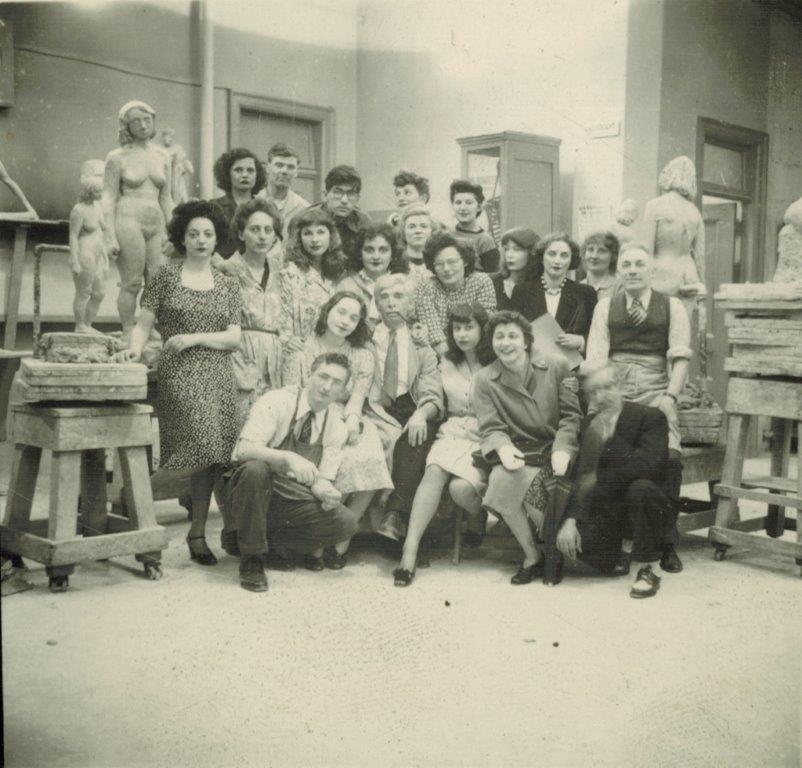
Processing Loss and Fostering Resilience – Jewish and Female Sculptural Strategies of Coping with the 20th Century

Shattered Objects, Shattered Spaces – The Destruction of Jewish Homes in the November Pogroms of 1938

Corresponding with history – Jewish Postage Stamp Collectors and Jewish Emancipation

Nation-Building and Cultural Heritage – The Making of the Jewish National Library in Jerusalem, 1892–1948

DVARIM POLANIM – Material Culture and the Changing Identity of Polish Jews in Israel across the 20th Century
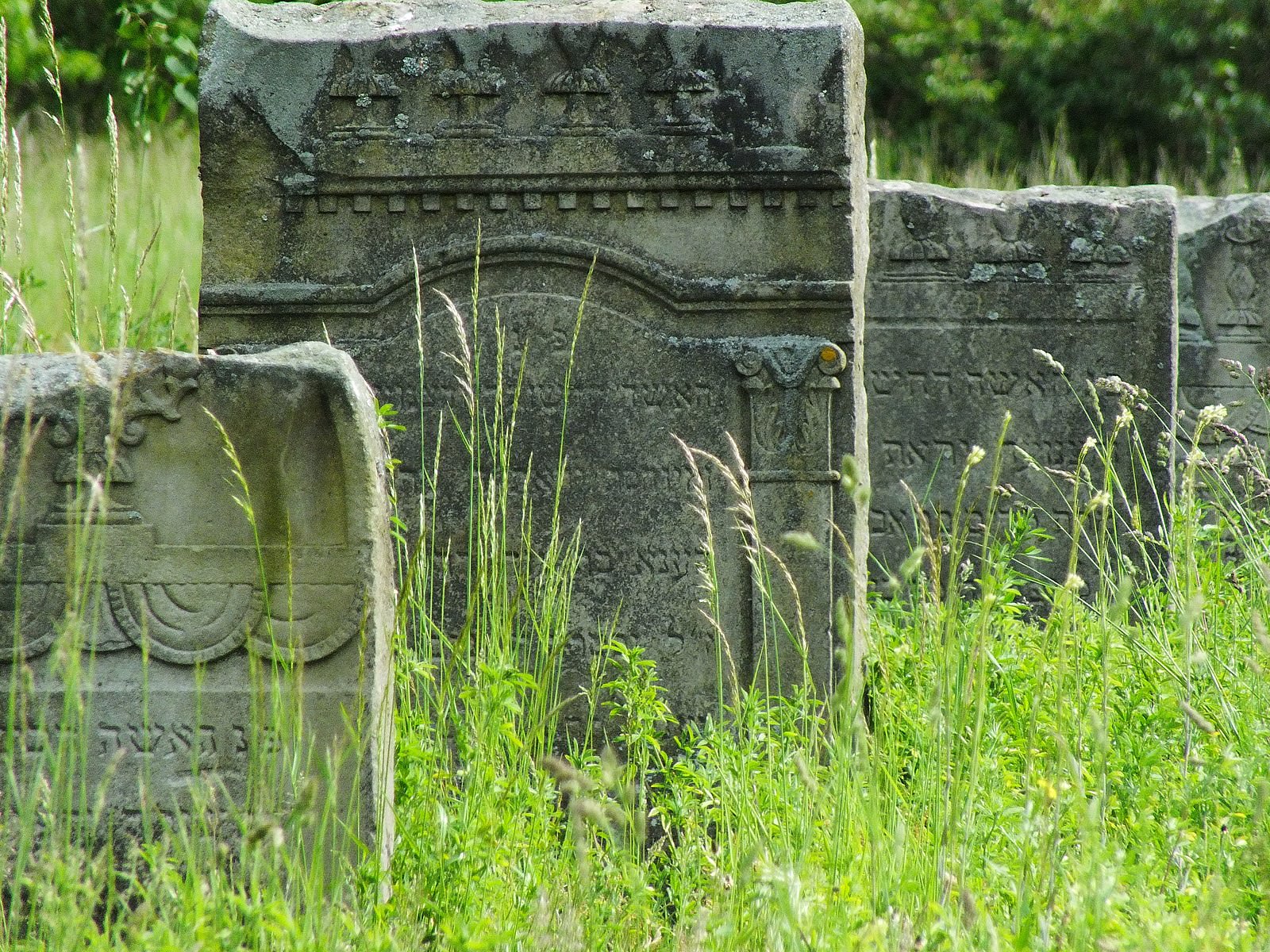
Between Ruins and Revival – Jewish Identity and Material Heritage in Post-Communist Poland

Places of Jewish Knowledge – The Wissenschaft des Judentums and its Material Sites in Berlin’s Urban Landscape, 1871–1961

Traces of belonging(s) – on the materiality of the imprisonment experience of Jewish women in the Ravensbrück women’s concentration camp
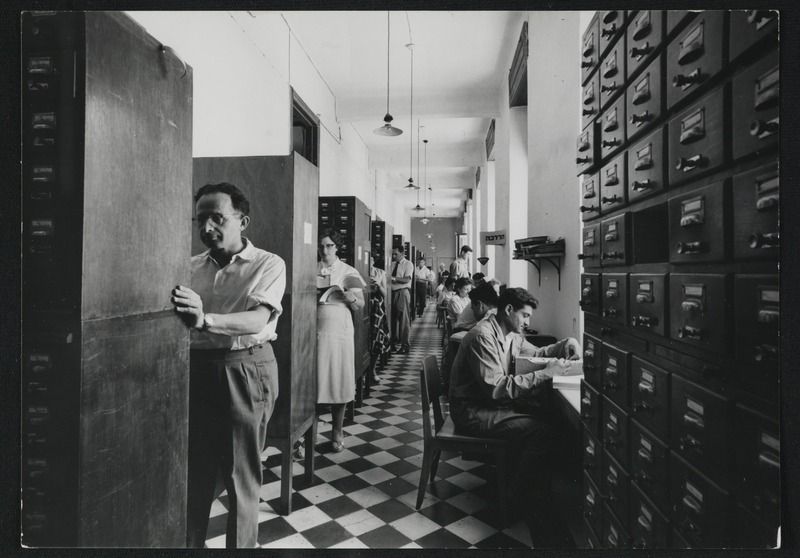
Aufbau im Übergang – Curt Wormann and the Jewish National and University Library between Nation-building and Cultural Diplomacy
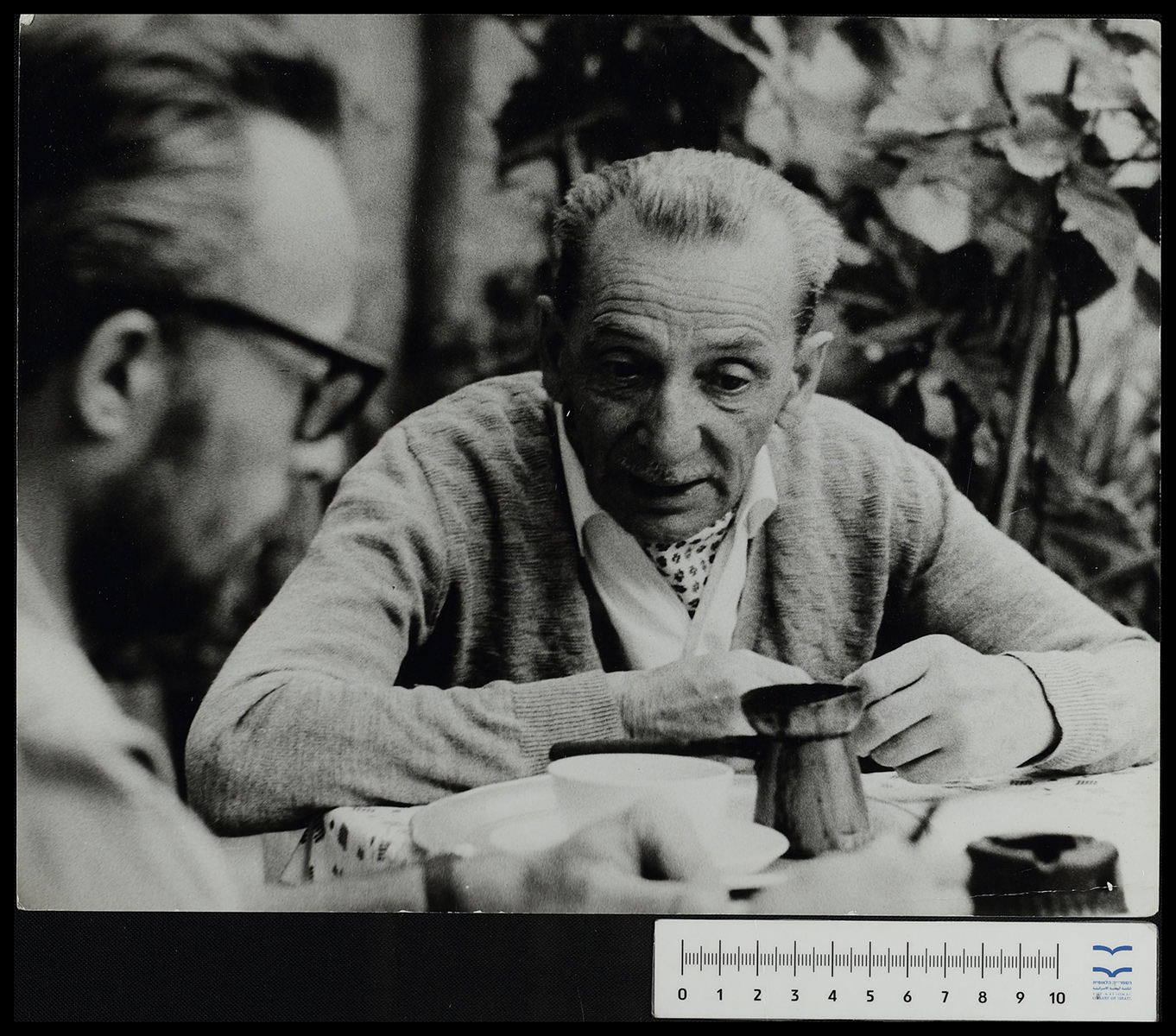
To Change, Question, and Criticize – Concepts of a ‘Werk’ and Concepts of Objects in Illustrated Magazines in Berlin and Vienna during the 1920s.
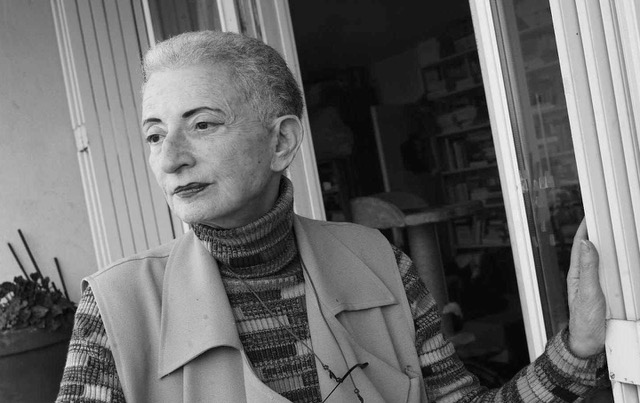
“Mes poumons comme les rouleaux de la Thora” – Towards a Poetics of the Trace: Jewishness, Exile, and Writing in the Work of Hélène Cixous

Texting Boundaries – Postcards and Postcarding Practices on the Verge
Postcards as bearers of cultural meanings bridge distances in a material and performative manner, while simultaneously shaping and stabilizing cultural boundaries. This paradox lies at the heart of understanding Jewish and Israeli identity formation through the materiality of postcards. In the Israeli and Jewish contexts, the concept of borders, whether concrete or perceived, is laden with a lengthy history. It is a source of an ongoing debate with real-life implications, emphasizing not only geo-political and cultural conflicts but also questions of identity and belonging. In my doctoral research, I seek to understand the concept of boundaries, borders, and frontiers through the materiality of postcards and the cultural practice of postcarding.
Building on the premise that postcards are an “entangled object” (Rogan 2005), this research will span different periods through the 20th century and multiple geographical sites and contexts in Israel, Europe, and beyond. Given that postcards embody the notions of mobility and of crossing borders physically and mentally, my research will focus on how these concepts are perceived, mitigated, undermined, and consumed, via postcard imagery, text, and practice.
The research corpus will rely on the David Pearlman Holy Land Postcard Collection at the Folklore Center at the Hebrew University of Jerusalem, as well as other archives and postcard collections in Israel and abroad. Considering the multimodal qualities of postcards (Gugganig and Schor 2020), this research will lead to a better understanding of how material culture as manifested in postcarding shapes everyday conventions of borders and boundaries and conveys the senses of both longing and belonging.
